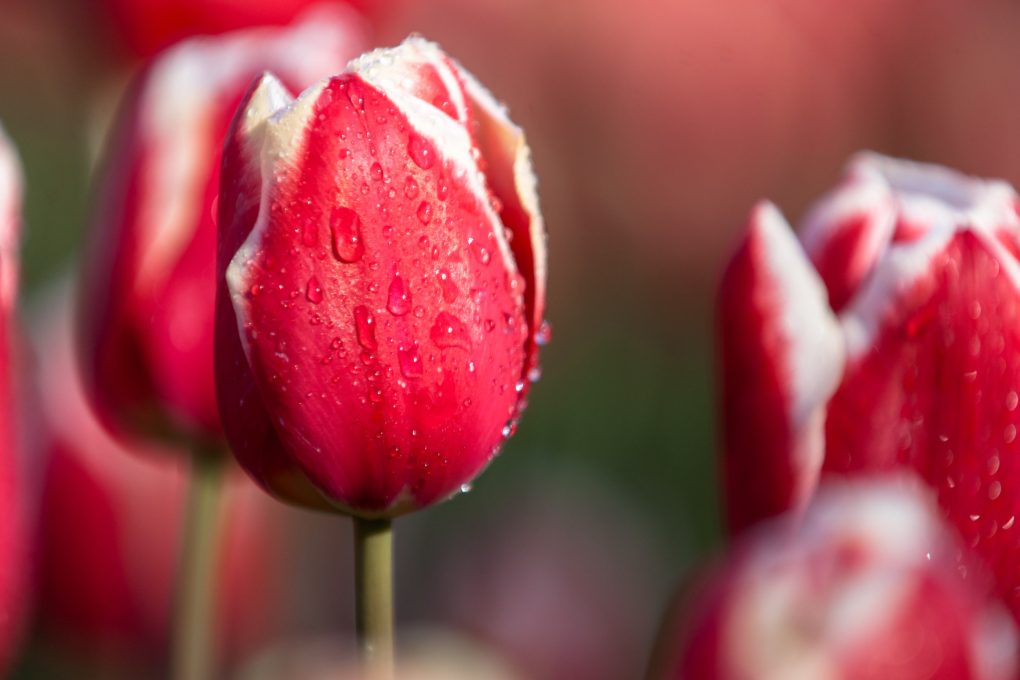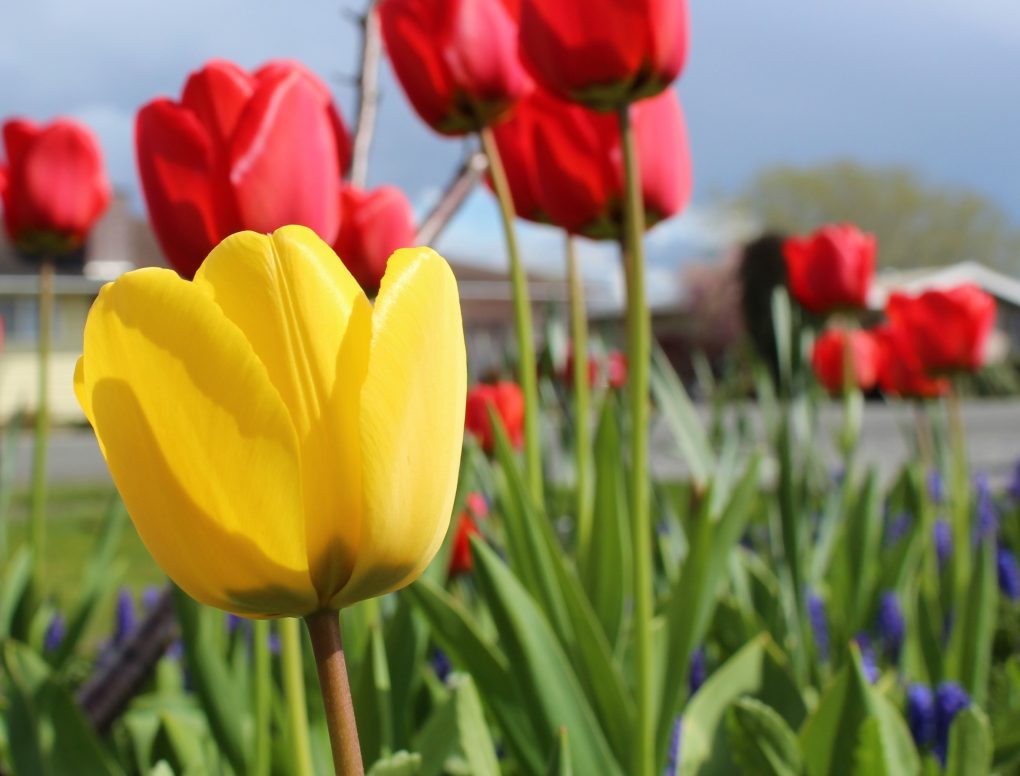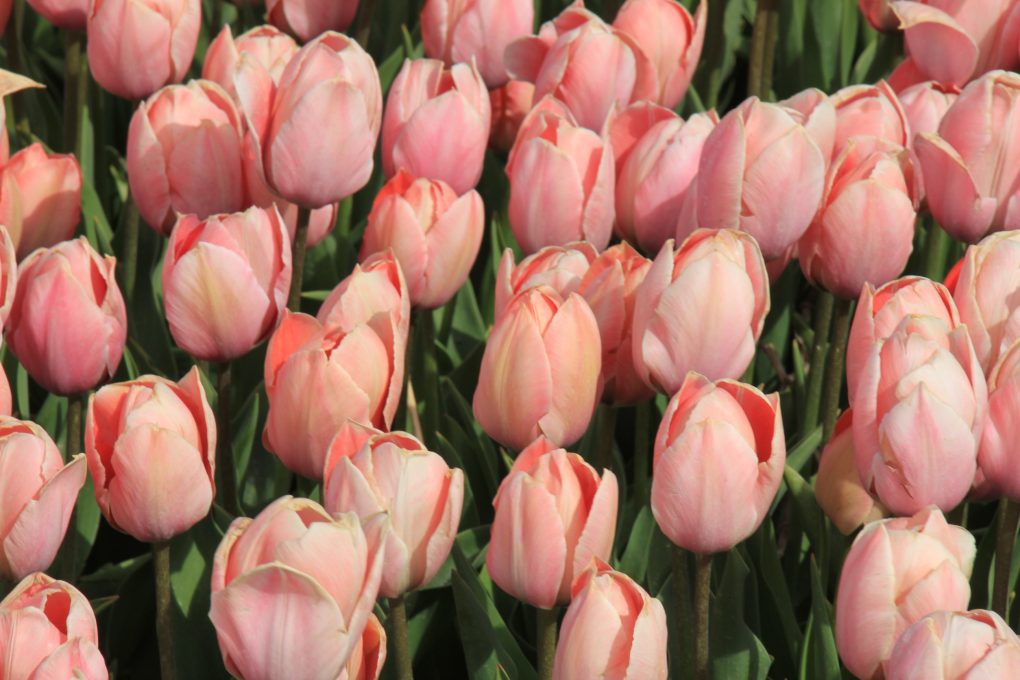Do Tulip Bulbs Need to be Refrigerated? Bulbs in the Fridge Cold Treatment Period
It should be mentioned that chilling bulbs before sowing is not a natural process. After developing roots, tulips often experience their cold season. As a result, it is not a natural process, and it has three main effects: the bulbs flower roughly a month earlier than uncooled bulbs, the stem length at bud opening is longer, and the bulb yield is lower. Unplanted tulip bulbs can remain viable for up to four years when stored in dark and cool conditions with a relative humidity of about 60%. This includes storing the bulbs in a sealable plastic bag or container, a drawer in your fridge, or your fridge’s crisper.

Table of Contents
Bulbs in the Fridge Cold Treatment Period
It should be emphasized that even if the total stem length at the petal fall may be identical to the cooled bulbs, the stem length at the bud opening is smaller without cooling, even though stem growth continues until the petal fall.
Weeks of refrigeration add up. Therefore, the more weeks have given, the more prominently the above impacts will manifest. Any period up to roughly eight weeks is feasible for gardeners, but six weeks is preferable. Moreover, the results are impacted by the cooling temperature. The plants should be at 20 or 25 °F (-6 to -3°C). Any portion of the plant that freezes will be damaged and unable to produce food for the bulb of the following year below those temperatures. A delicate flower bud that freezes is probably not going to bloom. If possible, cooling at all is preferable to none at all. Extended pre-cooling can result in beautiful blossoms, but when combined with leaf area loss during picking, it can seriously harm bulb output.
Following the chilling period of 12-16 weeks outlined in the winter months is essential to bloom tulips. This allows tulips to bloom as they would in warmer climates. When potting your bulbs, use a quality Australian standards potting mix with slow-release fertilizer and cover with 2.5-3cm of soil above their tips. This will provide the optimal environment for bulbs to begin blooming.
In cold climates, dig a trench at the proper planting depth and set the bulbs close together before covering them with soil. Most spring-flowering varieties need 12–16 weeks of chill time and should be stored in a breathable mesh bag in the refrigerator, away from any fruit.
Care After Refrigeration
After refrigeration, tulips may have slight yellow shoots at planting time. These should be planted in a cool (60-65°F) area with bright, indirect sunlight until the shoots turn green. Water the soil when the top 1 inch is dry, and move the pot into direct, all-day sunlight once the shoots turn green. Outdoors, provide 1 inch of water weekly. Once tulips bloom, water them moderately and occasionally with rainwater or a garden hose. They should bloom in 4 weeks. Also, avoid exposure to temperatures below 40 degrees Fahrenheit, which can damage tulips’ leaves and bulbs.
Do Tulips Need a Cold Period?

The vernalization period for tulips is typically between 12-16 weeks. During this period, tulips require temperatures between 41-32°F. This cold period is essential for the tulips’ survival and development.
When planting tulips in the fall before frost arrives, they should be exposed to seasonal temperatures of around 50°F to ensure a successful vernalization period. The optimal planting temperature for tulips is 60°F, with planting time at dusk or dawn when temperatures are more relaxed.
After planting, tulips require consistent sunlight and water to develop into healthy, bloomed plants. Remember that tulips are winter bloomers, requiring cold temperatures during the winter dormancy.
What Temperature Kills Tulips?
If temperatures drop too low (below 20°F or -6.7°C) for an extended period, it can cause tulips to freeze and die. Tulips are hardy and can survive colder temperatures but must reach at least 40°F (4.4°C) for 12-16 weeks to bloom. If temperatures stay too high (above 60°F or 15.5°C), tulips can also begin to rot and die.
For best results, tulip bulbs should not be allowed to freeze, as this will kill them. Tulips should generally be kept in a sunny, warm spot with indirect sunlight and access to water throughout the growing season. This will help them bloom more consistently and reliably each year.
When Should I Put Tulip Bulbs in the Fridge?
Tulip bulbs should be placed in a breathable container such as a paper bag and stored in the fridge at approximately four °C for at least eight weeks before planting in May. Bulbs should be refrigerated six to eight weeks before planting, so they should be put in the fridge from mid-to-late November or before planting. Bulbs planted earlier in the season will bloom earlier (as early as February) and have a higher chance of being damaged by winter storms. So, planning and preparing for planting tulip bulbs in May or early June is always best. This will ensure that you get the best possible results from your investment.
When Do Tulip Bulbs Need To Be Refrigerated?
Tulip bulbs should generally be refrigerated starting mid-November or earlier to ensure the bulbs develop gradually and can withstand cold temperatures. As the bulbs are not exposed to sunshine, they become discolored and deformed by the time they are harvested.
Refrigeration helps preserve their natural shape and size so that they can bloom beautifully. Planting tulips and hyacinths in early February can result in the flowers being ruined by freezes or winter storms. With proper care, your bulbs will bloom earlier and have a longer lifespan than those grown without refrigeration. Refrigeration should be done for up to 8 weeks, with six weeks optimal.
Reasons for Bloom’s Failure

Tulips are famous for their vibrant colors and fragrant blooms. A common reason for tulip bulbs not to bloom is weak bulbs or improper cold treatment. Weak bulbs can be caused by variable factors, such as warm temperatures, too much water, or poor soil conditions. Weak bulbs are susceptible to rotting quickly, resulting in faded or damaged blooms.
An ideal Nunes Farm winter planting guide for tulips recommends planting them in the fall or early spring between hard freezes and late spring or early summer temperatures of 40°F and above. Above 45°F, tulips experience damage, especially if planted in the shade on hot days. Tulips should be kept in a sealed bag of moistened peat moss during refrigerator storage to avoid drying out and avoid bloom failure. Too cold temperatures can also hinder flowering, so keeping tulips at a constant temperature of 40°F during cold treatment is important.
